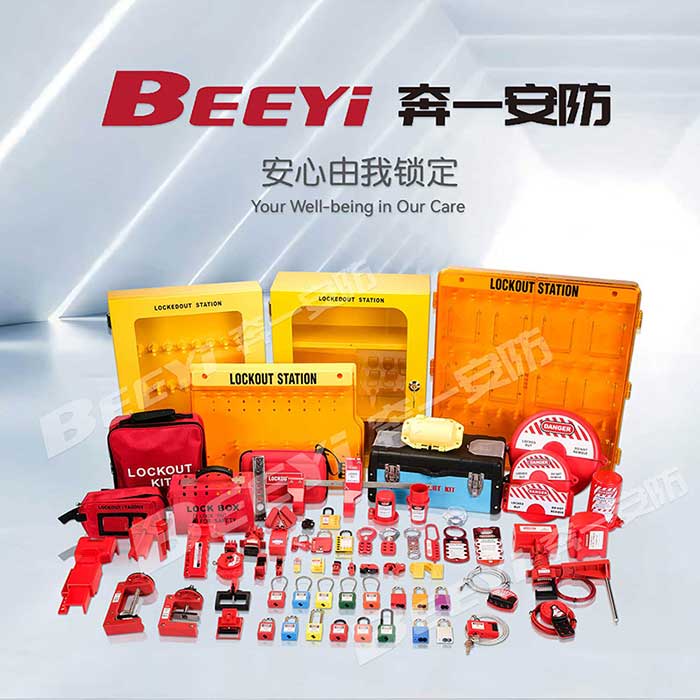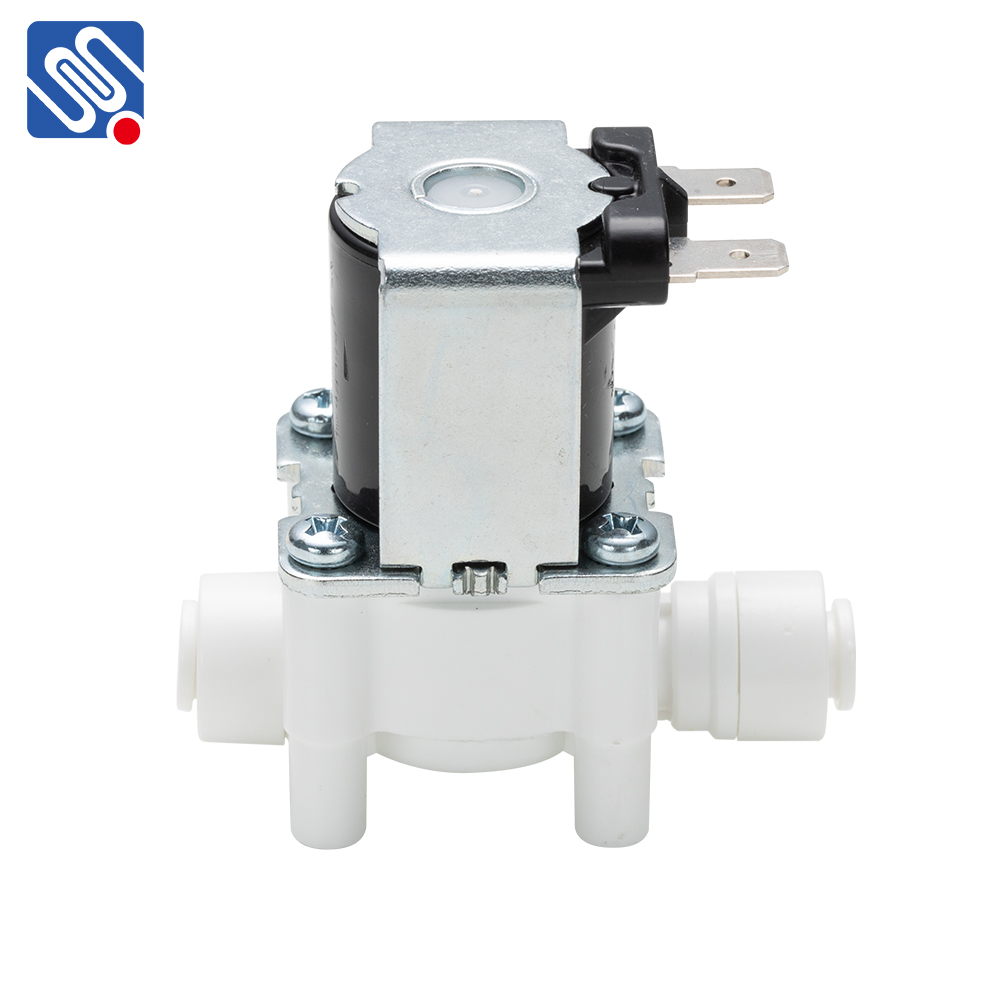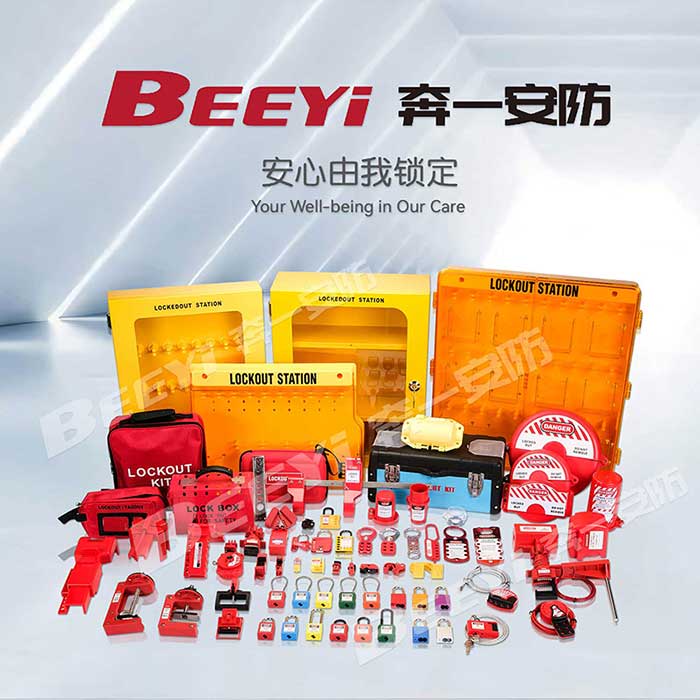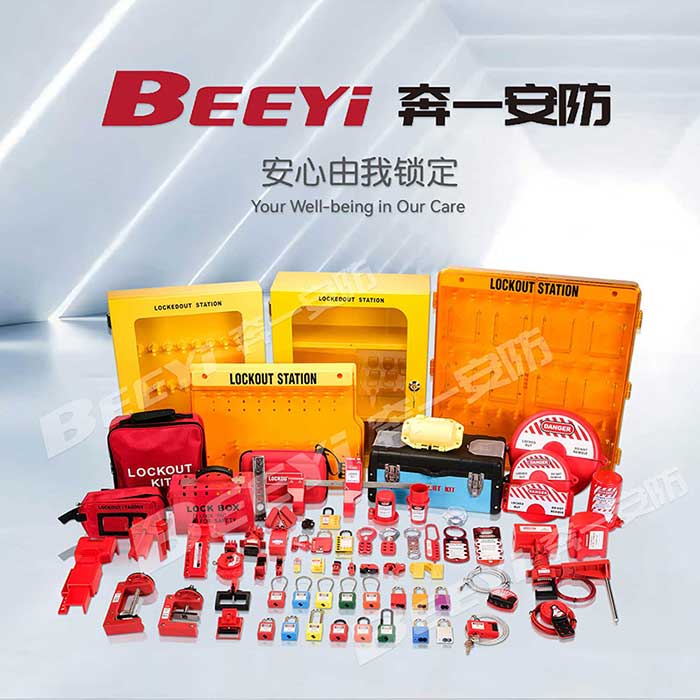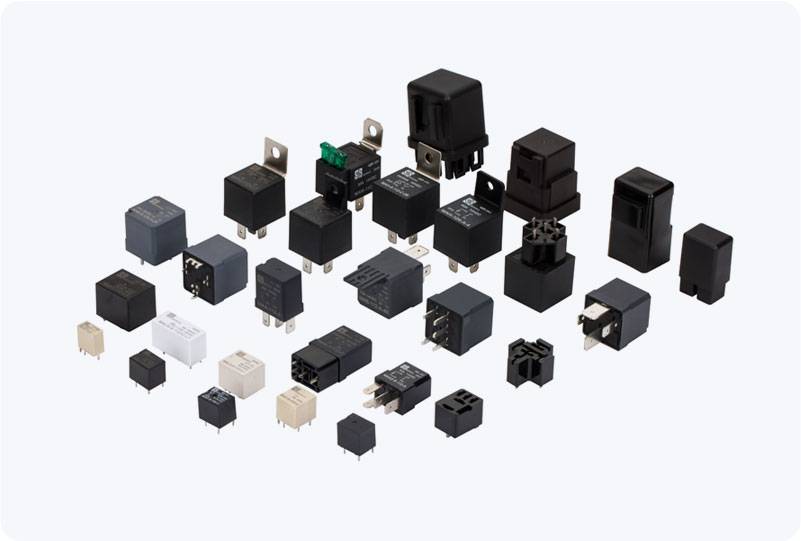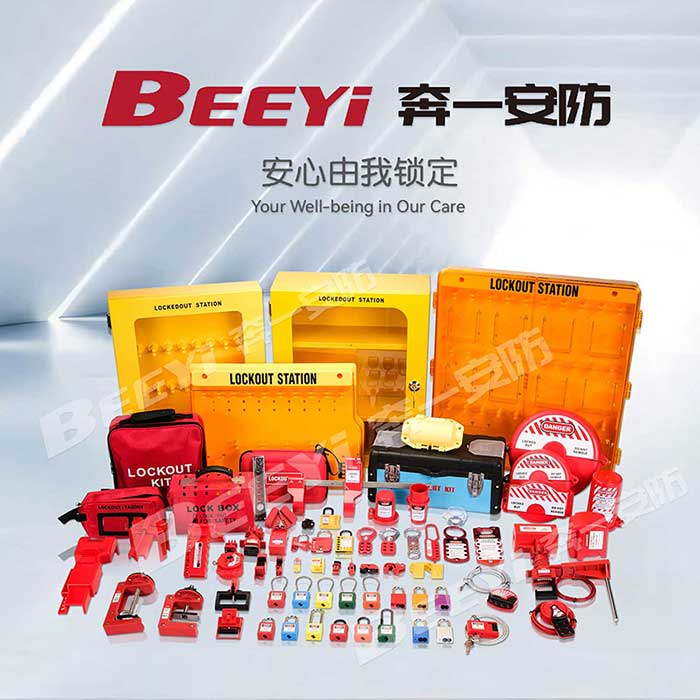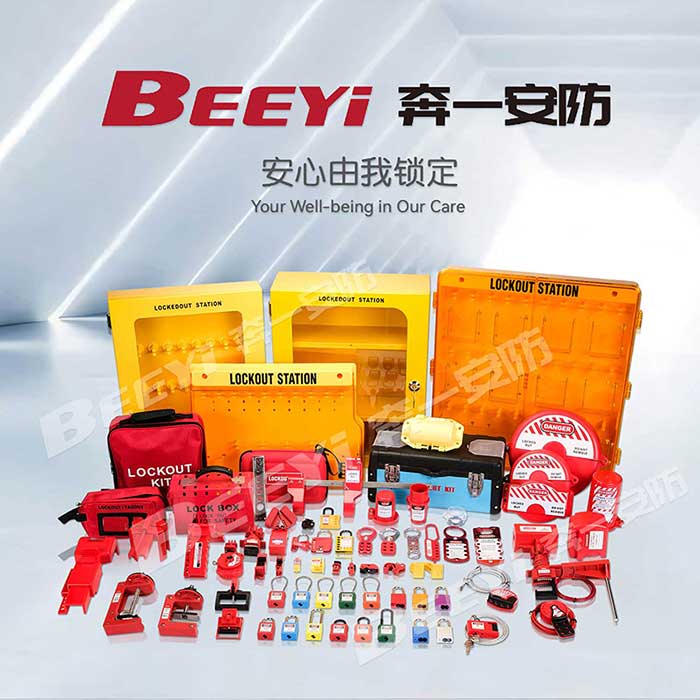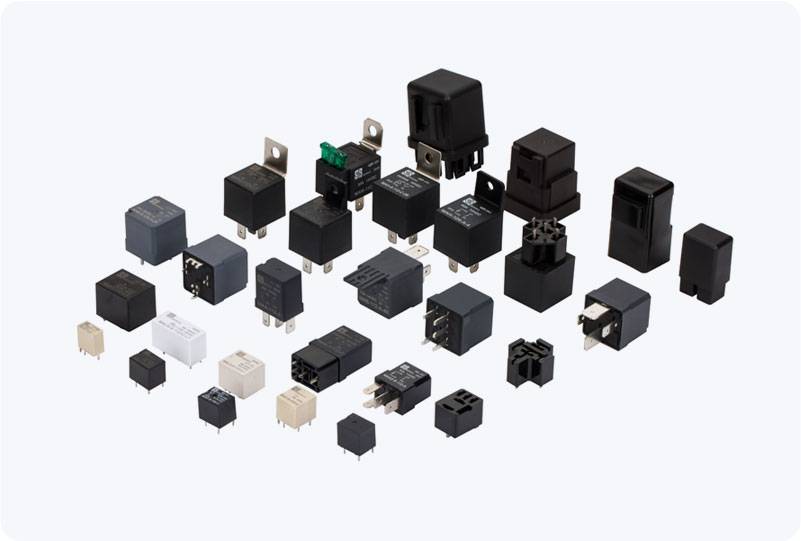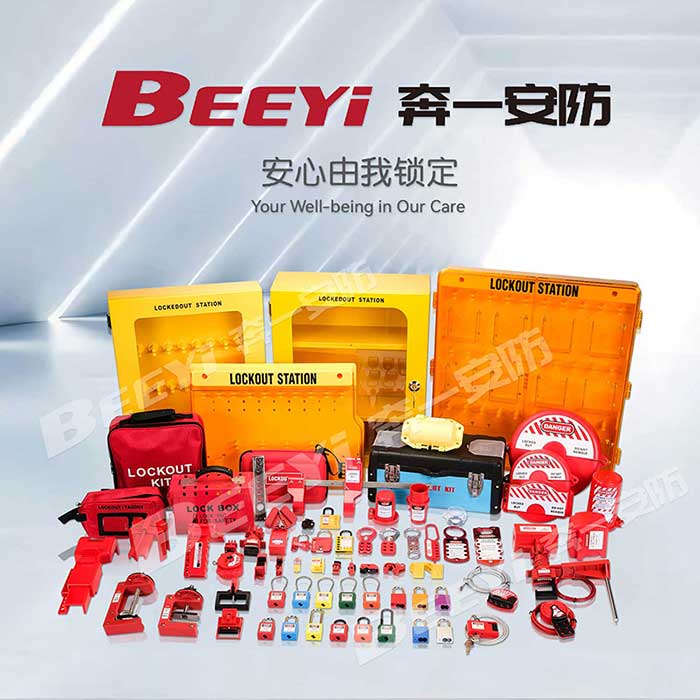A General-purpose relay is a widely used and crucial component in the realm of electrical and electronic control systems. Serving as a switch, it allows a relatively low power circuit to control a high power circuit, making it indispensable in applications ranging from industrial automation to household appliances. This article aims to provide an in-depth understanding of the general-purpose relay, its features, working principle, types, and applications.
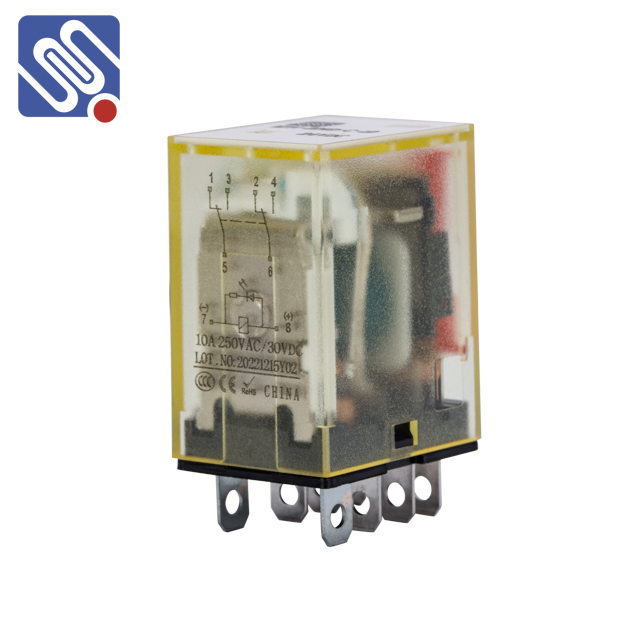
What is a General-purpose Relay? A general-purpose relay is an electromagnetic switch designed to control electrical circuits. When an electrical current passes through the relay’s coil, it generates a magnetic field that activates the relay’s contacts. These contacts can open or close a separate electrical circuit, enabling the control of larger electrical systems with a smaller, safer control signal. Structure and Components The core components of a general-purpose relay include: Coil: This is the electromagnet inside the relay. When current flows through it, it creates a magnetic field that pulls or pushes the contacts.
